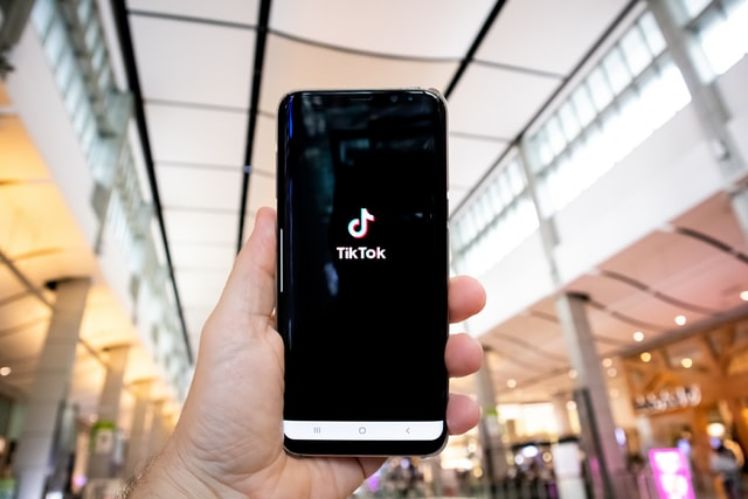Anything is possible in mobile app development. But you have to get it right or it will not be of any good. Mobile games for entertainment are one of the industries that is growing the most. However, getting to deploy ads that are not intrusive or disturbing to the user is more complicated. This is why some marketing agencies and large companies are opting for advergaming. But do you know what advergaming for mobile applications is exactly? And how is it carried out?
Defining ‘Advergaming’
Advergaming consists basically in inserting brand content within games to catch the attention of potential customers. They do so by creating an ‘impression’ of the brand or of a single product −and always in a subliminal and non-intrusive manner. Following an interview with Juanma Zarza, partner and creative at the mobile game development company Carbonbyte, it’s clearly evident to us that it consists in “inserting the image of a brand in the game, associating the brand with the game”. However, Zarza also insists that far from being a new technique it’s rather an old one, as it was already in place in long-lived games and game platforms.

Advergaming vs Gamification
Initially the terms advergaming and gamification may have referred to the same techniques. However, Zarza makes it clear that they do not necessarily have to mean the same, even if their definitions may sometimes intersect and coincide within a given project. While advergaming consists in including a brand in the background of a game to advertise it, gamification in mobile applications is intended to generate engagement −with the app in this case− by gamification techniques and without generating an impression of the brand being the main objective.
Advergaming’s origin in video games
The recently created company Carbonbyte works closely in developing advergaming games, as well as mobile app development for marketing agencies. They have told us their experience as experts in developing advertising and marketing-related apps.
The significant rise of video games in the 80s already aroused in advertisers a reasonable amount of interest in Advergaming. A clear example is Zool, a platform game in which an alien ninja ant arrives at a world full of sweets. As testified by Juanma Zarza from Carbonbyte, ChupaChups took advantage of the game to make a ‘product placement’ of its brand. Such campaigns have also been developed by other brands like Marlboro and Budweiser by inserting their brands in a number of arcade games. A more recent example is Mario Kart 8 for Wii, where we can race with Mercedes cars.
Advergaming in mobile app development: Experience marketing
The number of platforms and formats changes. The rise of smartphones, tablets and other mobile devices has spread the use of mobile applications widely. And among them, mobile games represent a high percentage of the applications being used. Bringing advergaming to mobile app development is emerging as an excellent idea when carrying out marketing campaigns, provided that you have a good budget at your disposal. After all, advergaming in applications seeks to promote experience marketing. It’s about the mobile app user playing, having fun and enjoying the experience. An experience that will be sponsored by the brand. Juanma Zarza from Carbonbyte explains: “We must try to implement a real exposure to the brand, but without it being intrusive for the user. The idea behind advergaming is to get the user to enter into the brand’s dynamics through games without being aggressive”.
This exposure to the brand can be carried out in various ways. As added by Zarza, “through sponsored messages that contain their own slogans and scenarios with customized elements of the brand, while always separating the brand from the main action occurring in the game”. However, the best option for advergaming in mobile applications is having the brand to remain always in the background. Brands often want to include more advertising content to expose the user even further, something that is not always beneficial but rather counterproductive.
Benefits of advergaming in mobile app development
We have been discussing how advergaming works and what’s it all about… But what can it really offer to us? What are the benefits to be obtained from advergaming in mobile app development?
- Increased brand presence: through advergaming we get our brand to be present in the user’s leisure time. We seek to be present in an innovative and cutting-edge industry like mobile application development.
- Generating engagement: we indirectly make the mobile use become fond of our brand by generating engagement to the game itself.
- It’s a positive kind of advertising since it’s not invasive. Through advergaming we generate a continuous and effective exposure that is neither aggressive nor invasive. The user accepts it as something positive instead of rejecting it.
- Interaction with the brand: a parallelism occurs that consists in that as the mobile user interacts with the game, he is interacting −by extension− with the brand.
What’s the future of advergaming in apps?
Professionals differ in opinion about the future of mobile technologies such as mobile applications or wearables. For example, we recently interviewed Manuel Simó from Manduka Game, who claimed that wearables were but a passing fad. Zarza has his own opinion on this matter: “At present, it’s fashionable for every company to think that they need to have their own app and I don’t think this is the case as, for some companies, having an adaptive web is enough”.
Zarza also explains that the same applies to advergaming: “It’s aimed at a much smaller market and to be used in certain marketing or branding campaigns”. The high cost of its development and its restriction to certain marketing campaigns makes it an expensive resource. However, it seems clear that advergaming works. Therefore, “Advergaming will not be a passing fad, but neither will it have a spectacular boom”. And he adds: “It’s useful in campaigns and works very well”. However, even if large and small companies are interested in advergaming, we must have our feet on the ground because it’s only going to be feasible for those having the resources to absorb the high cost of developing an advergame.












